#ermine moth
Text
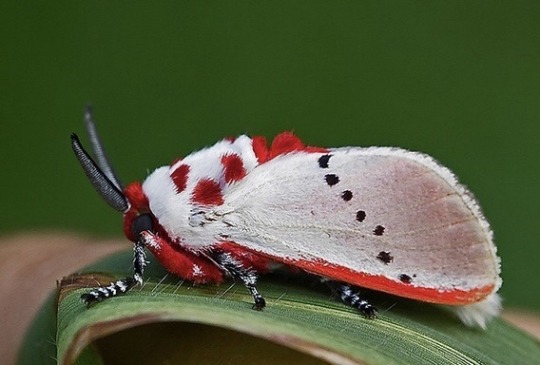
Rosy Ermine Moth aka Peppermint Moth (Trosia nigropunctigera), family Megalopygidae, found it in the cloud forests of northwestern South America
Photograph by Emir Filho
1K notes
·
View notes
Text

The Entomologist's Text Book. Written and illustrated by John Obadiah Westwood. 1838.
Internet Archive
Leopard moth (Zeuzera pyrina)
Broad-bordered bee hawk-moth (Hemaris fuciformis)
Spurge hawk-moth (Hyles euphorbiae)
Pease blossom (Periphanes delphinii)
Magpie moth (Abraxas grossulariata)
Longhorn moth (Nemophora degeerella)
(Argyresthia brockeella) (no known common name)
#bugs#insects#moths#leopard moths#sphinx moths#broad-bordered bee hawk-moth#spurge hawk-moth#owlet moths#pease blossom#geometer moths#magpie moth#fairy longhorn moths#longhorn moth#ermine moth#John Obadiah Westwood
188 notes
·
View notes
Text
@jambrandwich submitted: No storytime this time! Just an update on the moth babies!
First of all, the tree has fully recovered from the spookification! Still silk, but now... leaves! To the right is when I checked on the babbies two weeks ago. All puppies.


But when I checked on them today: HOLY GOSH! Them moth babies be babies no more! Cruella coats everywhere!

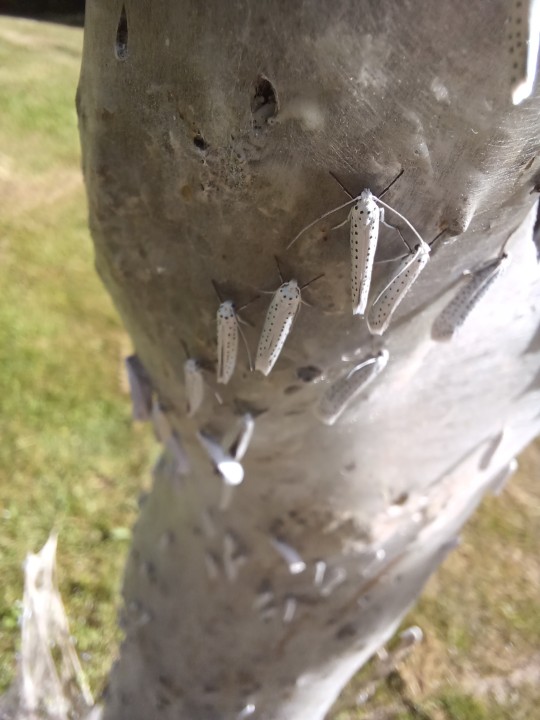

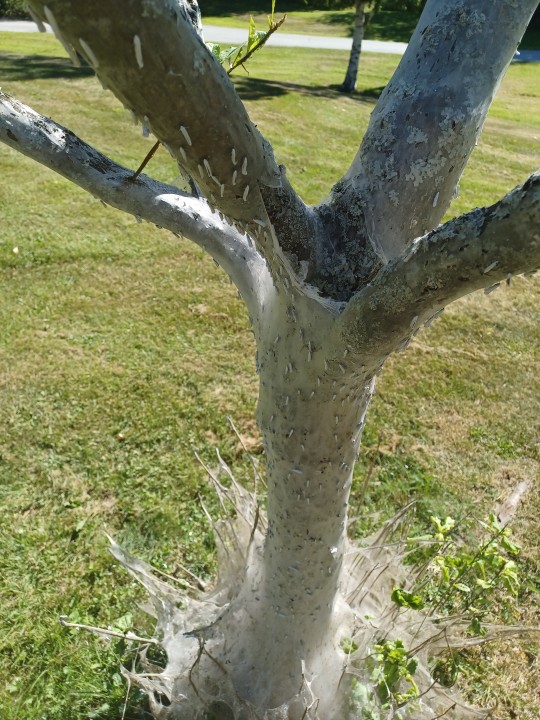
There's no overstating just how many moths there were! There were about as many in the grass below as were in the tree! And about twenty of them were on ME! Mad!
Also, did ya know... tiny feet crawling across your nose and eyebrow tickles A LOT!?

Culprit!
Ahhh the children are off to their adult lives! I'm so proud of them. Also glad the tree bounced back, they usually do. And little tiny moth feet DO tickle. Very cute. I wish them all very happy moth lives!
258 notes
·
View notes
Photo

A happy winter solstice and Yule to you, and the sugar scuttle full of weasels that I'm sure we all have.
359 notes
·
View notes
Text

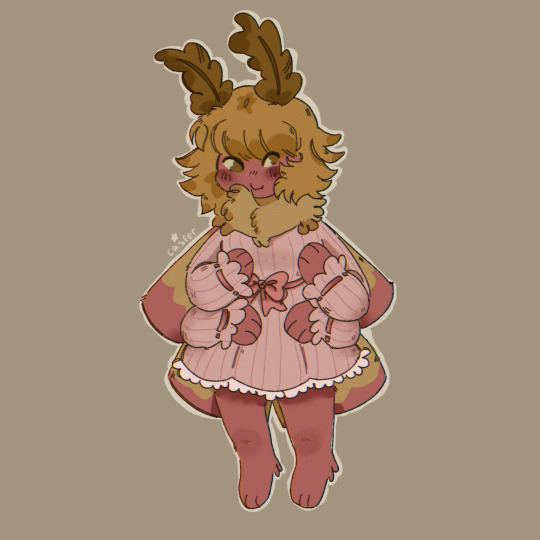
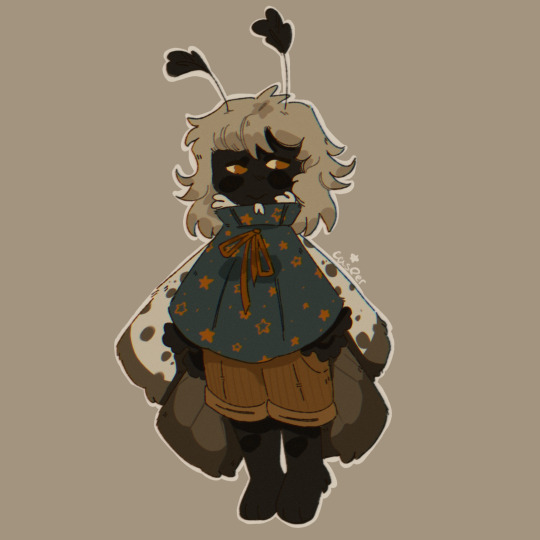
back on the critter grind, this time with moths eheheh super happy with these
#artists on tumblr#digital artist#art#oc artist#furry artist#illustration#original character#luna moth#lunar moth#rosy maple moth#ermine moth#moth character#moth creature#furry drawing#furry art#furry fanart#silly little guy#critters
37 notes
·
View notes
Photo
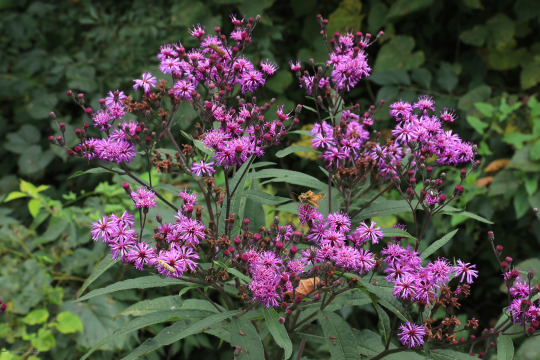
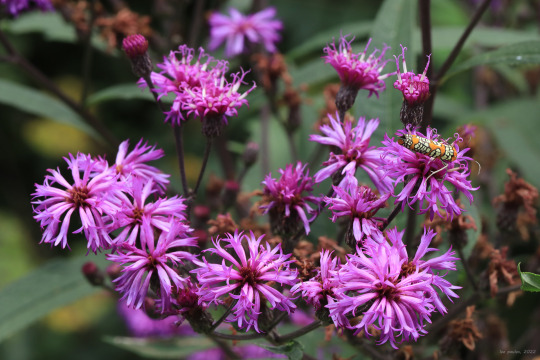
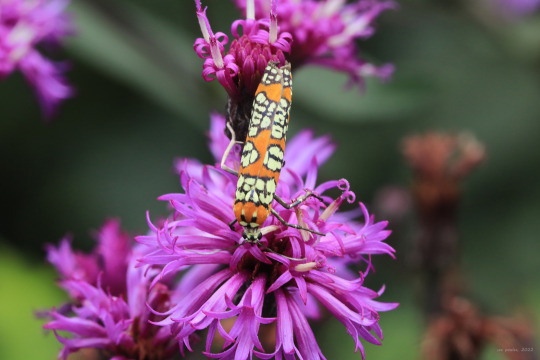

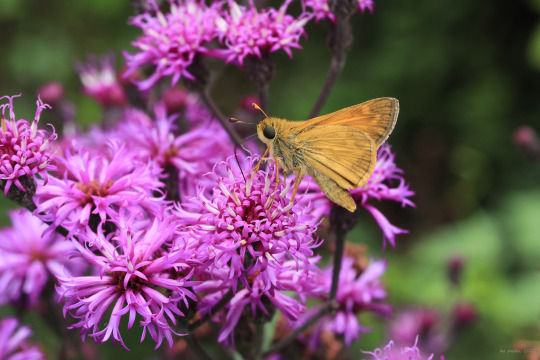
The secret life of ironweed (Vernonia noveboracensis).
#appalachia#vandalia#west virginia#flora#wildflower#late summer#vernonia noveboracensis#ironweed#new york ironweed#atteva aurea#ailanthus webworm#ermine moth#polites peckius#peck's skipper#mon river trail
94 notes
·
View notes
Note
do you associate a moth with dee
oooh good question





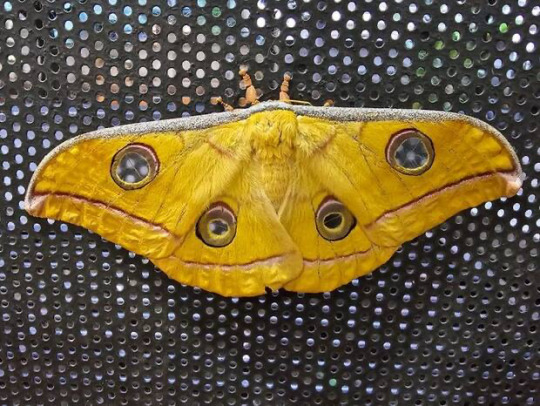
#NOT MY PICTURES - i never know the etiquette for that with bugs i just got these off google images#from top to bottom:#ermine moth#plume moth#japanese oak silk moth (i think?)#iasip#dee reynolds#anon ask
16 notes
·
View notes
Text
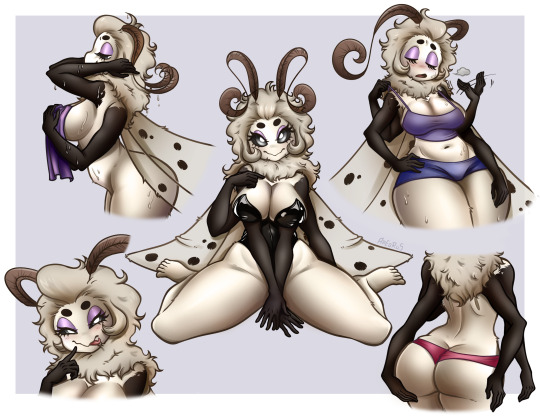
My oc Luna
#moth girl#moth oc#white moth#ermine moth#furry girl#furry#furry oc#furrygirl#my art#digital art#digital artwork
11 notes
·
View notes
Text
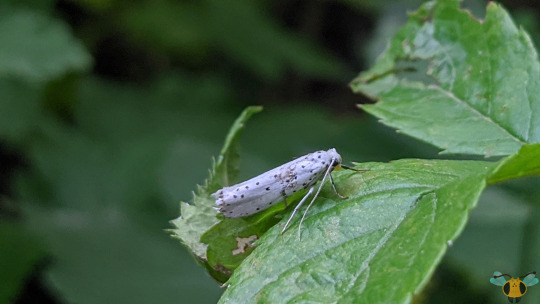

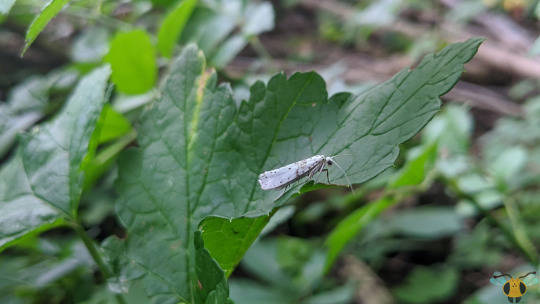
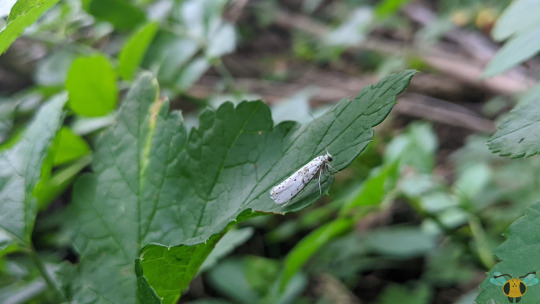






Yponomeuta Ermine Moth - Yponomeuta sp.
Though this little spotted ghost of the forest appears plain, it has many secrets to share as knowledge. Though it appears all clad in white wings, it was surprising to learn that the hindwing is a sandy grey color, as is a majority of its body (not the head). In flight, this Moth can emit clicking noises to deter flying predators such as bats from consuming it during nocturnal flight. The clicking isn't meant to interfere with a bat's echolocation; it serves as a broadcasted warning that this Lepidopteran is toxic to eat! The hungry bat will have to (eventually) learn to associate the clicking noise with the bad taste for the deterrent to work. The reason behind the Moth's toxicity comes from the consumption of its host plant - European spindle - during its time as a Caterpillar. Though their toxin is noxious to mammals, some hunting insects don't seem to mind. This individual may have encounter such a hunter as it appears to be missing its hindlegs. Typically the hindlegs are beneath the abdomen to support the insect's weight and maintain balance and also keep them out of sight. This individual however, has lost its right hindleg, and presents the illusion of 4 legs to an eager photographer. But now, how to identify this insect successfully? At first glance, you might feel inclined to look at the spots on the wings to try and make an identification. Like a ghost, this insect isn't seen very often (during the day) and is even trickier to positively identify.
The North American Moths of the Yponomeuta genus (the 'y' is pronounced as an 'ee') are near-impossible to distinguish from each other without a thorough inspection. It's reported that due to variability and inconsistencies, spot number and general placement isn't helpful...and I learned that the hard way for this little ghost. The best way to conclusively determine which Yponomeuta specie you've found is to examine the genitalia under magnification. This method is a common practice in entomology with caught specimens, but it isn't something a photographer or an everyday insect enthusiast might be able to do. Something that may hold some promise for a successful identification is the entire arrangement of spots (i.e. the whole pattern) across the wings (and body). Comparing the individual found here to successful photo identifications, there's a possibility that this Moth is the Spindle Moth (Y. cagnagella) given the spot arrangement (especially at the thorax and the edge of the wing), spot density and the yellow mouth. While I can't say for certain, discovering Spindle Moth Caterpillars in 2021 and 2022 in the same woods is very promising for my educated guess. Finding the host plant would be the best way to confirm the identify of this Moth, particularly as different Yponomeuta Ermine Moths use a range of spindles as their host. During the summer of 2024, I'll see what can be found in the woods.
Pictures were taken on August 27, 2020 with a Google Pixel 4. For additional information on Yponomeuta Moths, I recommend reading this paper by Menken et al (1992) as a comprehensive starting point.
#jonny’s insect catalogue#ontario insect#moth#yponomeuta ermine moth#yponomeuta#ermine moth#spindle moth#lepidoptera#insect#toronto#august2020#2020#nature#entomology#unidentified#invertebrates
6 notes
·
View notes
Text
Follow up from yesterday, this ermine moth hasn't moved at all a day later. Its rotated slightly so at least it's alive.
3 notes
·
View notes
Text
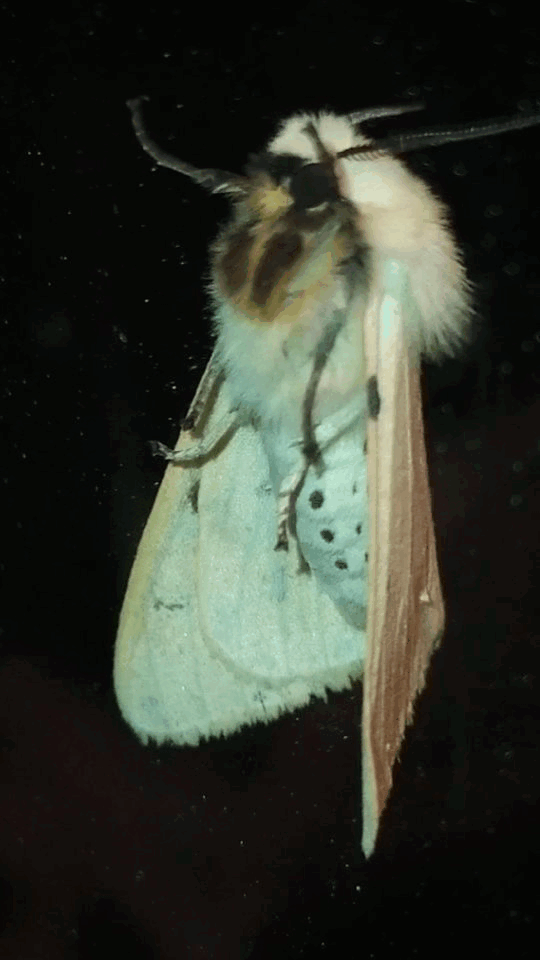

oh to be this little moth with the wind blowing through my antennae and hair.....
17 notes
·
View notes
Text
Moth Of The Day #252
Rosy Ermine Moth
Trosia nigropunctigera
From the megalopygidae family. They have a wingspan of about 34 mm. They mainly inhabit rainforests. They can be found in Costa Rica, Panama, Colombia, Venezuela, Guyana, Ecuador and Peru.


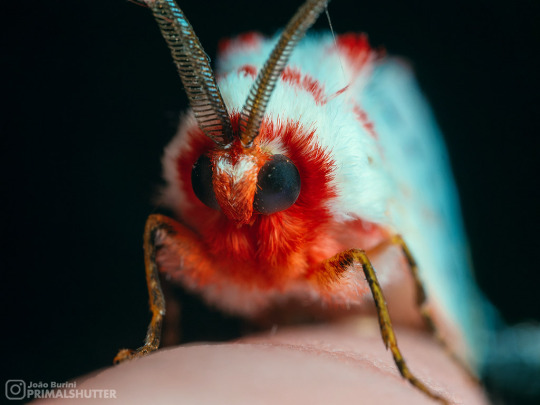
Image sources: [1] [2] [3]
#moth#moths#lepidopterology#lepidoptera#nature#pretty moth#bugs#insect#moth of the day#motd#lepidoptery#entomology#bug#insects#bugblr#beautiful moth#rosy ermine#rosy ermine moth#trosia nigropunctigera#megalopygidae#megalopygidae moth
651 notes
·
View notes
Text
@jambrandwich submitted: An odd-looking tree in the middle of an opening. It's well into summer, but this tree somehow has no leaves. Curious, you walk closer to see what the hecc's going on.

You catch a glimpse of something moving on one of the branches. You turn your head and see a couple caterpillars on their merry way across the bark.

Hold on a minute... that's not bark! Looking around the tree, you realize the tree is covered in... is that silk? It is! The whole tree is covered in a thick layer of silk! You keep looking and soon notice...

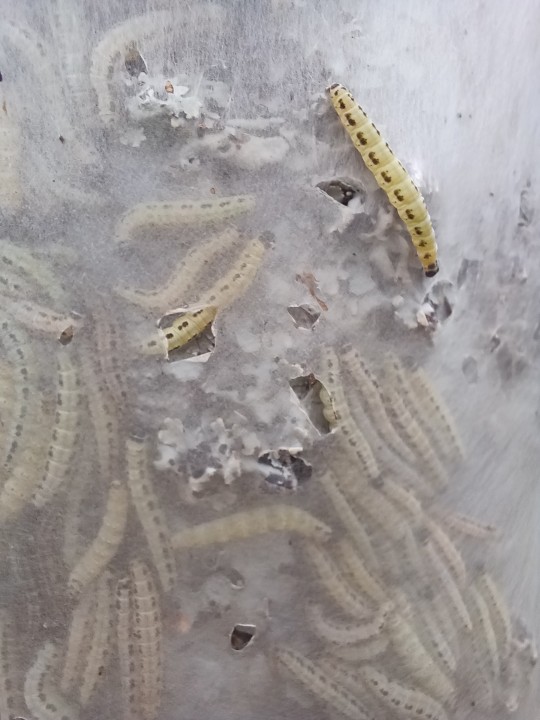


Oh my lord, that's thousands of moth babies! The sky might be gray, but you feel your mood is as sunny as can be! Look at'em wigglin' away!
The children have made a treehouse! How nice for them. Less nice for the tree but they often do recover the next year. Hope all these babies turn into moths successfully and live their best moth lives!
264 notes
·
View notes
Text
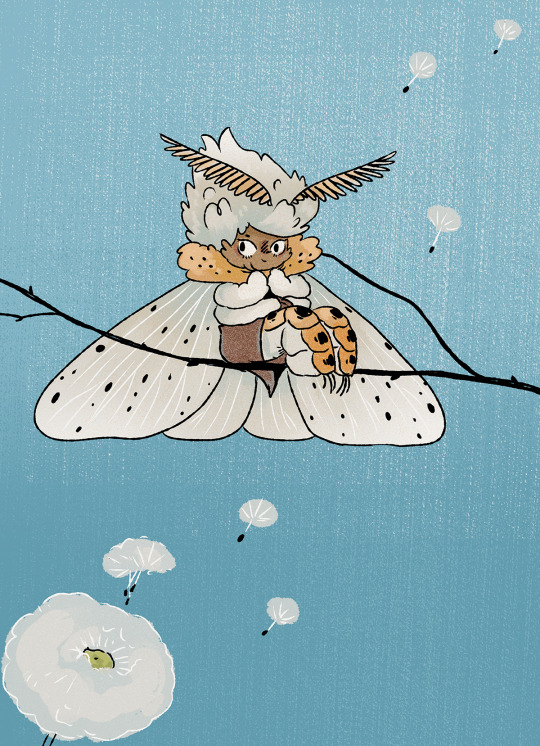
My mothtober drawings return! Catching up with day 7, the White Ermine Moth!
398 notes
·
View notes
Text



Oh hello 83 White ermine! Love that name
407 notes
·
View notes
Text
Moth of the Week
Bird-Cherry Ermine
Yponomeuta evonymella

Image source
The bird-cherry ermine is a part of the family Yponomeutidae, the ermine moths. It was first described in 1758 by Carl Linnaeus. It was originally placed in the genus Phalaena but was later transferred to the genus Yponomeuta, becoming Yponomeuta evonymella. This species’ common name comes from their main food plant: Bird Cherry.
Description This moth has a white thorax, head, and forewings. The forewings have five horizontal lines of small black dots, and a few black dots are also on the back of the thorax. The hindwings are shorter and wider than the forewings and are a beige/light brown color. Both the forewings and hindwings have a fringe on the end however, the forewings’ white fringe is short and only on the outer margin while the hindwings’ brown fringe is all over the hindwings’ edges besides the parts touching the forewings. Additionally the hindwings’ fringe is longer on the bottom of the wing. This moth’s thin and wiry antennae are two thirds the length of the forewing and are usually white.
Wingspan Range: 16 - 25 mm (≈0.63 - 0.98 in)
Diet and Habitat This species’ caterpillars mainly feeds on Bird Cherry (Prunus padus), but they also occasionally feed on cherry (Prunus) or buckthorn (Rhamnus). They are known to sometimes be pests of the bird-cheery because the caterpillars pupate and feed together in web like nests that can cover whole trees. This web keeps them protected and allows them to eat mostly unbothered by other insects and predators. The tree is still likely to survive after this, but may grow less in the following growth season/spring. Adults feed on nectar.
This species can be found in Europe and the northern and eastern parts of Asia. They live in many habitats such as river lowlands, deciduous forests, alluvial forests, stream banks with bushes and trees, gardens, parks, and more. Strangely according to Butterfly Conservation, this moth can be found “often far from the known foodplant.”
Mating This moth is seen in June to September and has only gerarion per year. Females let their eggs on the winter buds of their food plants.
Population sizes fluctuate, but it’s not uncommon for mass outbreaks of caterpillars to happen, which results in defoliated trees.
Predators This species is preyed on by parasitic wasps and seems to have few other predators.
Fun Fact This moth is attracted to light. Additionally when disturbed, this moth can skip away and falls to the ground. Note: this second fact does not currently have a citation on Wikipedia so it may be disproven in the future.
(Source: Wikipedia, Butterfly Conservation)
#libraryofmoths#animals#bugs#facts#insects#moth#lepidoptera#mothoftheweek#Yponomeuta evonymella#bird-cherry ermine#Yponomeuta
105 notes
·
View notes